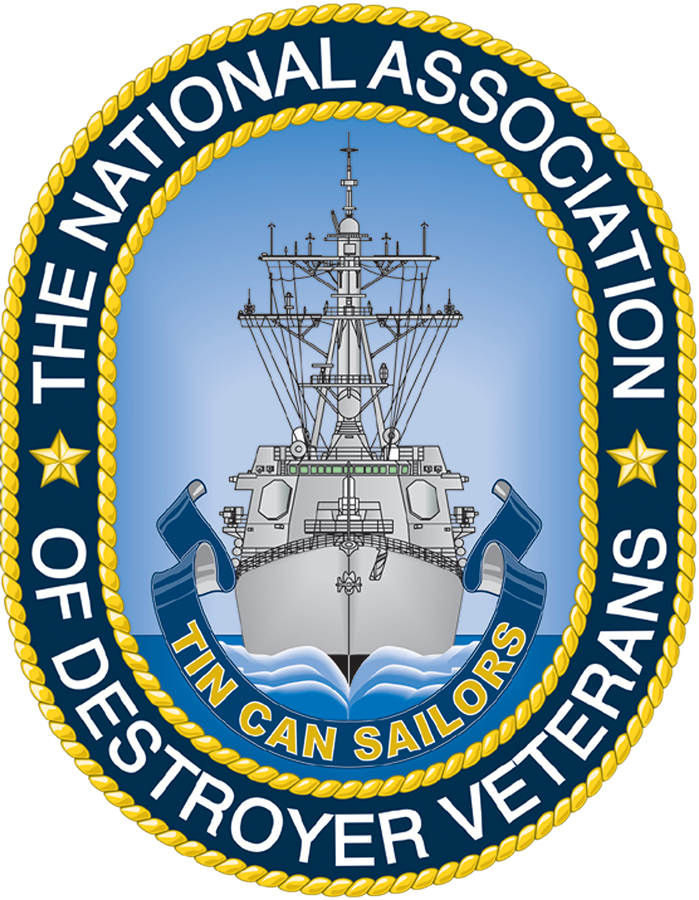Hull Number: DD-92
Launch Date: 07/04/1918
Commissioned Date: 03/08/1919
Decommissioned Date: 06/22/1922
Call Sign: NEMX
Class: LITTLE
LITTLE Class
Data for USS Little (DD-79) as of 1921
Length Overall: 314’ 4 1/2"
Beam: 31' 8"
Draft: 9’ 2"
Standard Displacement: 1,191 tons
Full Load Displacement: 1,284 tons
Armament:
Four 4″/50 caliber guns
One 3″/23 caliber anti-aircraft gun
Four 21″ triple torpedo tubes
Complement:
8 Officers
8 Chief Petty Officers
106 Enlisted
Propulsion:
4 Boilers
2 Curtis Geared Turbines: 27,180 horsepower
Highest speed on trials: 34.7 knots
Namesake: CHARLES VERNON GRIDLEY
CHARLES VERNON GRIDLEY
Dictionary of American Naval Fighting Ships, April 2020
Charles Vernon Gridley was born 24 November 1844 in Logansport, Ind., and was appointed to the Naval Academy in 1860. Reporting for duty with his class in September 1863, Gridley joined the sloop-of-war Oneida with the West Gulf Blockading Squadron and distinguished himself with Farragut at the Battle of Mobile Bay 5 August 1864. Promoted to Lieutenant in 1867 and Commander in 1882, he spent the next 30 years at various stations around the world, including a tour as instructor at the Naval Academy. Captain Gridley took command of Olympia, Admiral Dewey‘s famous flagship, 27 April 1898, a post which he held despite failing health during the Battle of Manila Bay 1 May 1898. It was that morning that Dewey gave his famous command: “You may fire when you are ready, Gridley,” immortalizing the doughty captain. After the destruction of the Spanish squadron and the capture of Manila, Gridley was obliged to leave his command because of his health, and died en route to the United States at Kobe, Japan, 25 May 1898.
Disposition:
Sold 04/18/1939 to Union Shipbuilding Co., Baltimore, MD for $15,251.00. Scrapped.
